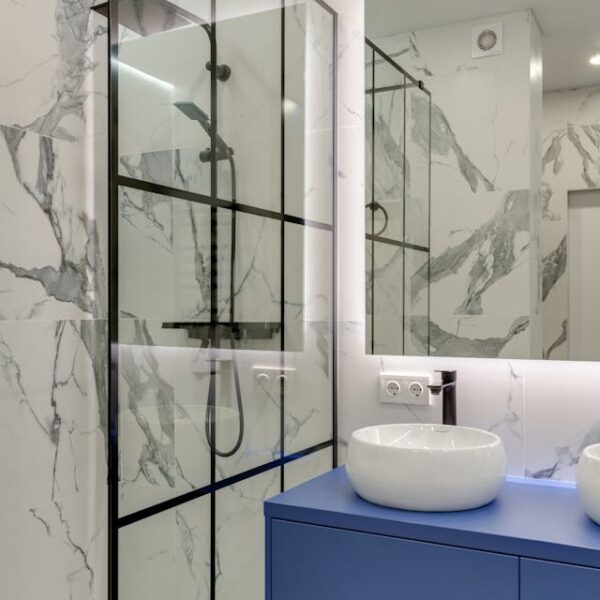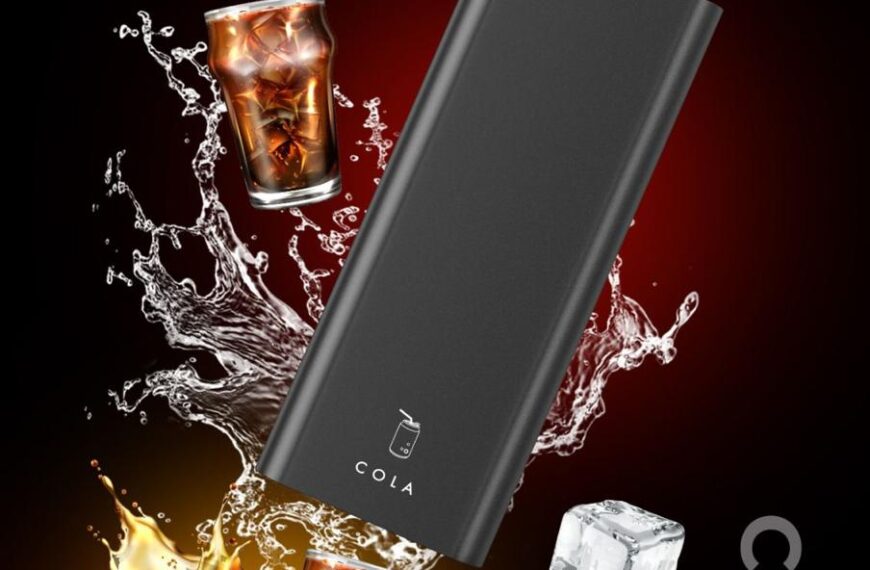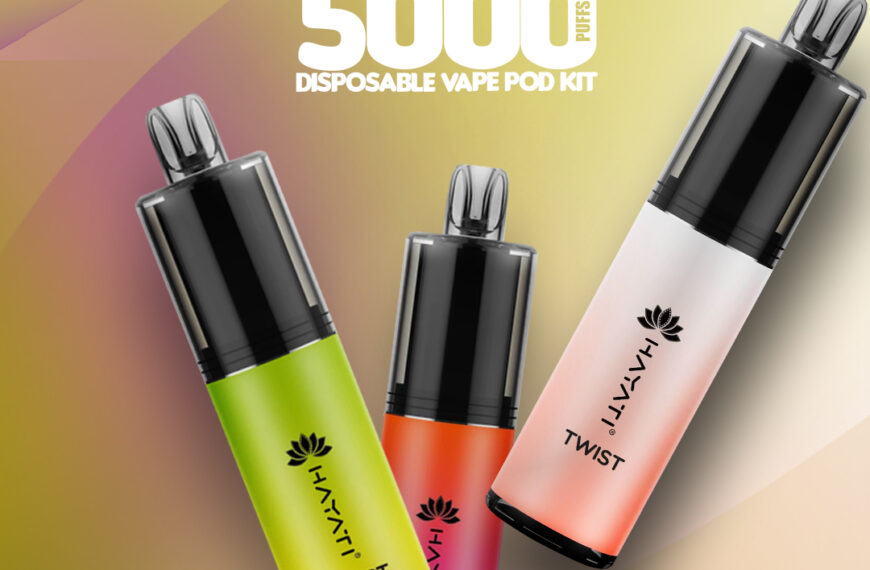Public Relations (PR) and advertising are two powerful tools in the marketing arsenal, each with its own unique strengths and benefits. When strategically integrated, PR and advertising can create a synergistic effect that enhances brand visibility, builds credibility, and drives business growth. Here’s a comprehensive guide on how PR and advertising can work together effectively, with insights from industry leaders like Impact Authority PR Agency.
Understanding PR and Advertising
Before diving into their integration, it’s essential to understand the distinct roles of PR and advertising:
- Public Relations (PR): PR focuses on building and maintaining a positive public image for a brand or organization. It involves managing communications with the media, stakeholders, and the public to foster goodwill and credibility. PR strategies include press releases, media relations, event planning, and crisis management.
- Advertising: Advertising involves paid promotions to inform, persuade, and remind target audiences about products, services, or brands. It includes various channels like television, radio, print, digital, and social media ads. The primary goal of advertising is to drive immediate consumer action, such as sales or inquiries.
The Power of Integration
Integrating PR and advertising allows brands to leverage the strengths of both disciplines. Here’s how they can complement each other:
1. Enhancing Credibility and Visibility
PR builds credibility by securing earned media coverage, which is often perceived as more trustworthy than paid advertisements. Advertising, on the other hand, amplifies visibility through targeted and consistent messaging.
Action Point: Use PR to secure media coverage and endorsements that build credibility. Complement these efforts with advertising campaigns that reinforce the positive messages and reach a broader audience.
2. Consistent Messaging
Consistency is key to effective communication. PR and advertising should work together to ensure that messaging across all channels is aligned and reinforces the brand’s values and objectives.
Action Point: Develop a unified communication strategy that outlines key messages, tone, and branding elements. Ensure that both PR and advertising teams adhere to this strategy to maintain consistency.
3. Maximizing Reach and Impact
Advertising can be highly targeted, reaching specific demographics and geographic areas. PR, with its broad media reach, can introduce the brand to a wider audience. Together, they can maximize reach and impact.
Action Point: Identify the strengths of each discipline in reaching different segments of your target audience. Use advertising to target specific demographics and PR to generate broader awareness and interest.
4. Leveraging Different Media Channels
PR and advertising often use different media channels, such as news outlets for PR and commercial media for advertising. By leveraging both, brands can achieve a more comprehensive media presence.
Action Point: Create a media plan that integrates both PR and advertising channels. Use PR to secure coverage in news outlets, industry publications, and blogs, while utilizing advertising in targeted digital, social, and traditional media channels.
5. Amplifying PR Efforts with Advertising
Advertising can amplify the effects of PR by promoting the earned media coverage secured through PR efforts. This can increase the visibility and credibility of the brand’s message.
Action Point: Include snippets of media coverage, testimonials, and endorsements in your advertising campaigns. Highlight these accolades to build trust and reinforce your brand’s positive image.
Practical Integration Strategies
Here are some practical strategies to integrate PR and advertising effectively:
1. Coordinated Campaigns
Launch coordinated campaigns that combine PR and advertising efforts. For example, a product launch can include a press release, media interviews, and targeted ad campaigns.
Action Point: Develop a comprehensive campaign plan that outlines the roles of PR and advertising. Schedule activities to ensure that both efforts complement each other and drive maximum impact.
2. Cross-Promotion
Use advertising to promote PR activities and vice versa. For instance, advertise an upcoming event and use PR to secure media coverage for it.
Action Point: Identify opportunities for cross-promotion. Use advertising to create buzz around PR initiatives and leverage PR to gain media attention for advertising campaigns.
3. Integrated Content Strategy
Develop content that can be used across both PR and advertising channels. This includes blog posts, videos, infographics, and social media content that support your overall communication strategy.
Action Point: Create a content calendar that integrates PR and advertising activities. Ensure that content is adaptable for different channels and supports your key messages.
4. Shared Metrics and Goals
Establish shared metrics and goals to measure the success of integrated PR and advertising efforts. This ensures that both teams are working towards the same objectives.
Action Point: Define key performance indicators (KPIs) that encompass both PR and advertising metrics. Regularly review performance data and adjust strategies to achieve your goals.
Benefits of Integration
Integrating PR and advertising offers numerous benefits, including:
1. Enhanced Brand Image
A cohesive strategy ensures that all communications reinforce a consistent and positive brand image. This builds trust and credibility with your audience.
Action Point: Regularly review your brand messaging to ensure consistency across all PR and advertising activities. Use feedback to refine and enhance your strategy.
2. Increased Engagement
Integrated campaigns are more likely to engage your audience through multiple touchpoints, increasing the likelihood of driving action.
Action Point: Develop engaging content that encourages interaction and shares across PR and advertising channels. Monitor engagement metrics to assess the effectiveness of your efforts.
3. Improved ROI
By combining the strengths of PR and advertising, you can achieve better results and higher return on investment (ROI). Integrated campaigns can generate more leads, conversions, and brand awareness.
Action Point: Track the ROI of your integrated campaigns and compare them to standalone PR and advertising efforts. Use this data to optimize your budget allocation and strategy.
Leveraging Impact Authority PR for Integrated Strategies
Partnering with a reputable PR agency like Impact Authority PR can significantly enhance your integrated communication efforts. Their expertise in crafting compelling narratives and leveraging media relationships can complement your advertising strategies effectively.
Benefits of Working with Impact Authority PR:
- Expertise: Impact Authority PR has a deep understanding of both PR and advertising trends and best practices.
- Media Relationships: They have established relationships with key media outlets, increasing the reach and effectiveness of your campaigns.
- Strategic Insights: Their team can provide valuable insights into targeting, messaging, and platform selection to ensure maximum impact.
Action Point: Consider collaborating with Impact Authority PR to leverage their expertise and resources. Their tailored strategies can help you achieve your integrated communication goals more effectively.
Challenges and Solutions
While integrating PR and advertising offers many benefits, it also presents challenges. Here are some common challenges and solutions:
1. Maintaining Consistency
Ensuring consistent messaging across PR and advertising can be challenging, especially when different teams are involved.
Solution: Develop a unified communication strategy and hold regular meetings to align PR and advertising efforts. Use shared documents and tools to maintain consistency.
2. Budget Allocation
Allocating budget effectively between PR and advertising can be difficult, particularly with limited resources.
Solution: Track the performance of both PR and advertising activities to determine the most effective allocation. Adjust your budget based on the ROI of each channel.
3. Coordinating Efforts
Coordinating efforts between PR and advertising teams can be complex, especially with tight deadlines and competing priorities.
Solution: Establish clear roles and responsibilities for each team. Use project management tools to streamline coordination and ensure timely execution.
Conclusion
PR and advertising are powerful tools that, when integrated effectively, can create a significant impact on brand visibility and credibility. By understanding their distinct roles, leveraging their strengths, and implementing practical integration strategies, businesses can achieve enhanced engagement, improved ROI, and a cohesive brand image. Collaborating with a reputable PR agency like Impact Authority PR can further amplify these efforts, providing expert guidance and maximizing the effectiveness of integrated campaigns. Embrace the synergy between PR and advertising to drive your brand’s success in today’s competitive market.














